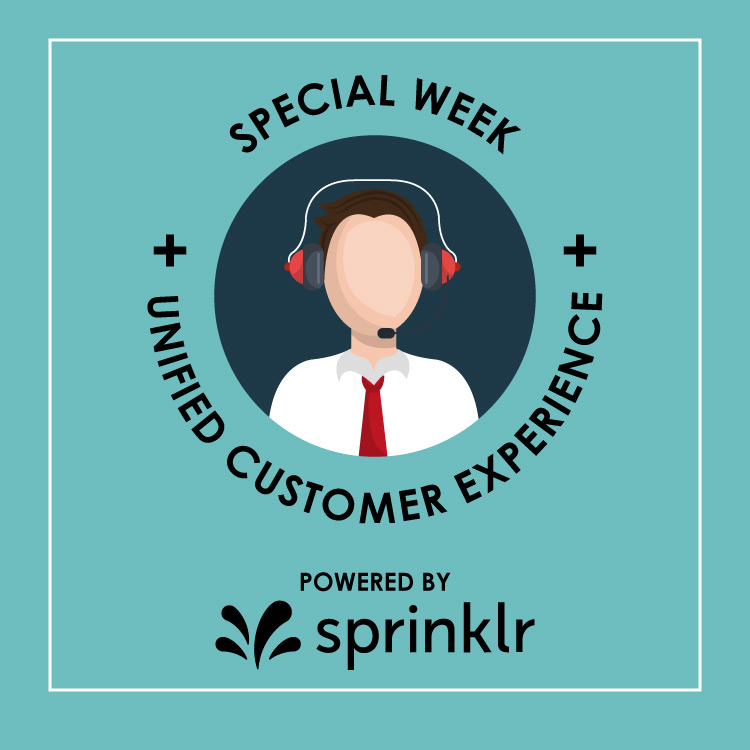Listening to Customers is the Fundamental Action Around Customer Service
Sentiment is a complex topic, and should be handled that way, says Haitham ElKhatib, Senior Vice President of Growth Markets at Sprinklr. It will help you understand not only the nature of the challenge but also the customer you have in front of you.
Topics
What to Read Next
- Cvent to Acquire ON24 for $400 Million
- MobiLoud Unveils AI-Powered Analytics Dashboard for Mobile App Insights
- Avaya Chooses Gemini Enterprise & Google Workspace to Power AI Strategy
- Optimove Launches New Email Marketing Solution
- iMini AI Integrates Kling 2.5 Turbo & Wan 2.6 for Next-Gen AI Video Creation










































































































